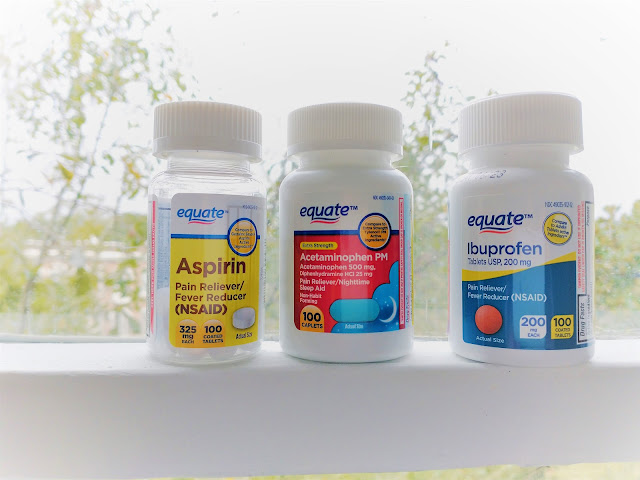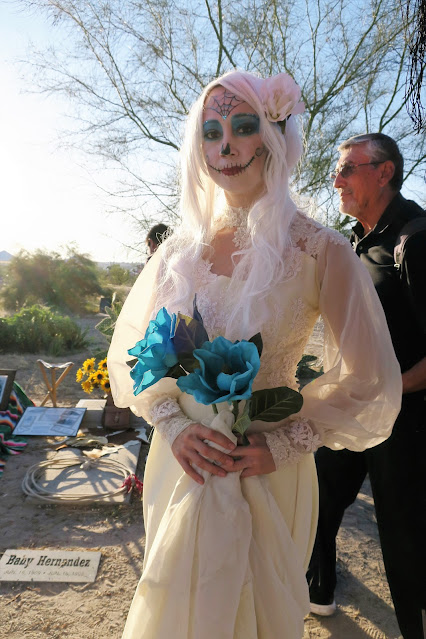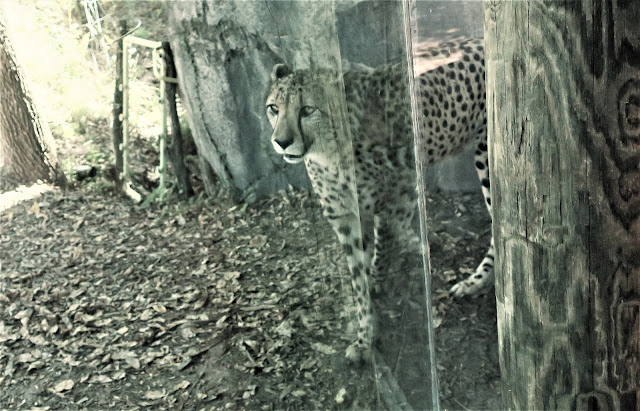 |
| Huesos Hermosos (Beautiful Bones). Artist: Wayne Hilton. El Paso Art Museum. November 2016. Photo credit: Mzuriana |
In June 2021, I learned that I have osteoporosis.
Oh, and it seems that where I used to be 5'2 and 3/4" tall, I've apparently misplaced half an inch somewhere.
Well, fuck.
I have no remarkable symptoms of osteoporosis, although sometimes I experience mild lower back pain, which has been the case for years.
Just one of the bummers about this fresh intel was that more than 10 years ago, a DXA stated unequivocally that I had osteopenia, which is an ENORMOUS YELLOW MOUNTAIN-ROAD SIGN WITH FLASHING RED LIGHTS that announces:
Osteoporosis may be ahead! Falling rocks! Turn on flashers! Put on snow chains! Big curve! Steep decline because you're getting old!
But I am truly gifted at denial, so as I glanced at that yellow flashing sign 10+ years ago, I turned up the volume of my music player, and looked out my window at the pretty passing scenery.
But now, now that I'm over 65 and my mortality appears to be inevitable, I'm giving the osteoporosis diagnosis the gravitas that it had already taken for itself, anyway.
However, I do have a bone to pick with these DXA reports. They are unnecessarily obtuse. Although I've searched Dr. Google for "how to read a DXA report," the answers never align with what is in the report.
Three non-intuitive things that I've learned recently about exercise and osteoporosis
1. Don't bend over
2. Don't do crunches
3. Not all walking is equal. Brisk walking is what the bones need to get their shit together.
Don't bend over
This was counter-intuitive to me because my thought was that bending over stretches the spine, right? Reduces compression? No, it is the opposite!
 |
| Spinal fracture risk bending over or back. Credit: BHOF |
A puzzle to me until I learned, while writing this, that my mental image of a spine has been wrong since the beginning. Oh, I've had the visual of disks right and their knobby-handled reverse sides fixed correctly in my brain, but ........... I somehow thought the smooth curve of the disks were the posterior side of the spine - the side closest to my skin. Which is why I thought bending over would stretch out the disks in a good way.
Plus it feels as if I'm stretching out my spine in a satisfying way when I mindfully bend over and feel/hear a little pop that seems to relieve tightness in my spine. I visualize the expansion of the space between my disks.
My flawed imagery was, to some extent, a function of: I'll see it when I believe it. In other words, I'd got fixed in my mind what I described above, so even when I saw images that pointed to the opposite, I didn't see them.
 |
| Articulated spine views. Credit: Pocket Dentistry |
But now that I've got it embedded firmly in my human html that the smooth curve of the disks is on the inside, it now makes sense that when I bend over I'm actually compressing the disks.
At least this is what I think I know today.
Crunches
I do did those crunches where you lay on the floor and just barely lift your back, keeping the small of the back rounded and grounded. I thought this protected your back. But no, for the same reason that we shouldn't bend over, i.e. curve our spines forward.
Some confusion remains, however ...
When I look for osteoporosis-good exercises that will strengthen my core, I see examples that contradict what I think I know now, so clearly I've still got some unlearning and learning to do.
In the meantime, I'm mindfully:
- Sitting up straighter in my office chair
- Walking briskly
- Training myself to consistently put my shoulders back instead of allowing them to lazily slump forward
The above actions also promote my objective to "looking good, not looking young," as all three project confidence, alertness, and strength.













